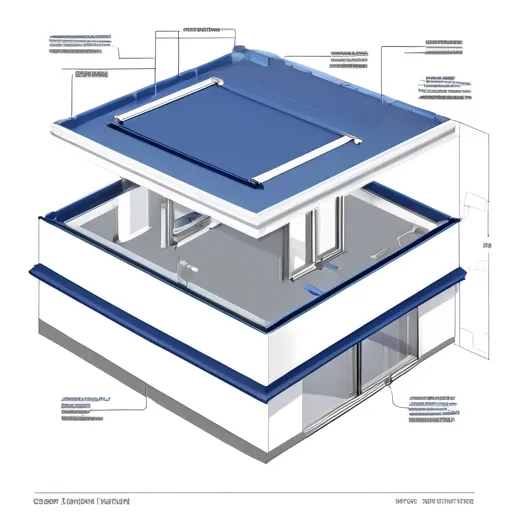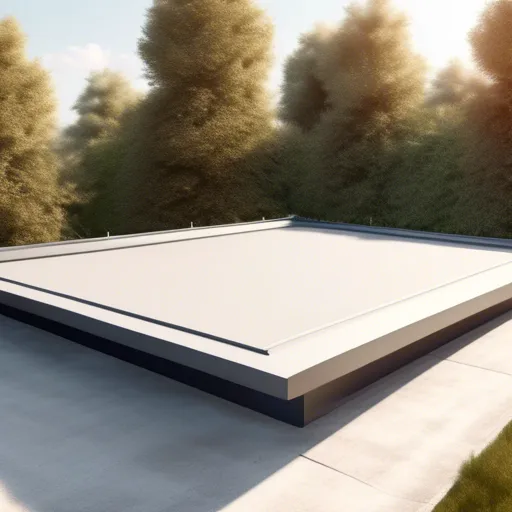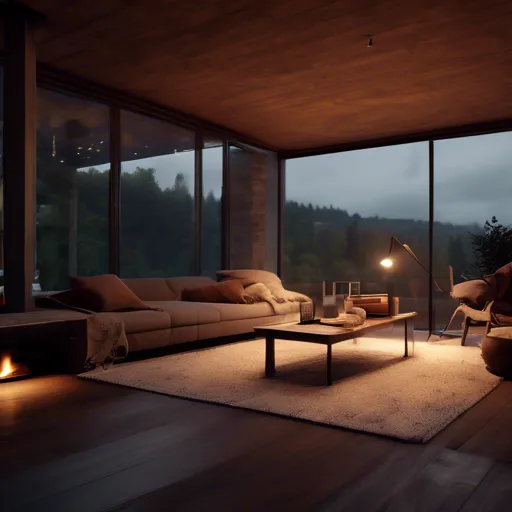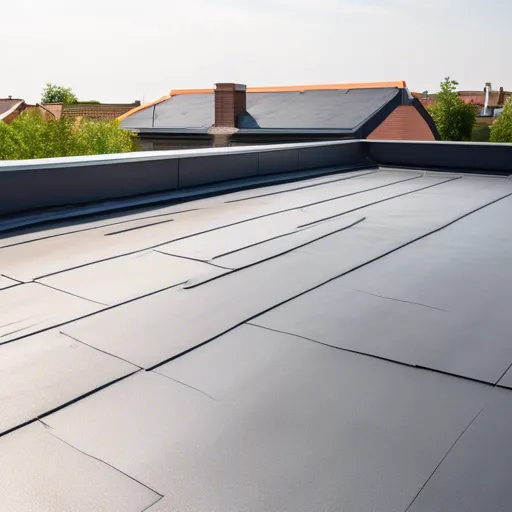Installation of a Flat Roof on a Private House: A Detailed Overview
The age-old question of whether to install a flat roof on your home can provoke a debate fiercer than asking which smartphone is best. Yet, as every architectural trend varies with time, the flat roof has smoothly glided into the spotlight. Let us delve into the particulars of this roofing technique, a favorite amongst the trend-conscious and functionally driven alike.

The Allure of the Flat Roof
Once reserved for modernist masterpieces and architectural rebels, the flat roof now adorns many a mansion and modest home alike. But why? Here’s a hint: it’s not just aesthetics.
The Benefits
- Versatility: Provides extra space for a rooftop garden or solar panels—it’s an architectural playground.
- Cost-Effective: Less material used compared to pitched roofs.
- Aesthetic Appeal: Clean lines for a contemporary look that screams sophistication.
Imagine enjoying a warm summer evening under the stars without leaving your property. A flat roof can gift you a bonus space with myriad possibilities.
Fact: The origins of flat roofs can be traced back to ancient Egypt, where the climate necessitated a simple yet functional approach.

Installation Steps for a Flat Roof
While enticing, the road to a beautiful flat roof isn’t without its hurdles. But with the right plan, it becomes a manageable venture. These steps have been distilled into digestible bites:
Step 1: Design and Planning
First, you must collaborate with a skilled architect or builder. It’s crucial to consider the roof’s load-bearing capacity, drainage, and insulation needs. And don’t forget to factor in aesthetic elements like Roman blinds for adjacent children’s rooms that might benefit from a new perspective.
Step 2: Choosing Materials
Select materials suited for your climate. Common choices include:
- EPDM (Ethylene Propylene Diene Monomer): Durable and resistant to UV rays.
- Modified Bitumen: A thoroughbred in practicality.
- PVC (Polyvinyl Chloride): Lightweight and flexible, the aerial ballerina of roofing materials.
Interesting fact: EPDM rubber roofs have an average lifespan of up to 50 years!

Step 3: The Building Process
Like constructing a precise symphony, every layer needs careful execution:
- Base Layer: Lays the groundwork, providing critical structural support.
- Waterproof Membrane: Prevents leaks and moisture ingress.
- Insulation: Keeps your mansion cozy in winter and cool in summer.
- Top Layer Finish: Can include gravel or special coatings for aesthetics and protection.
Just as meticulously as you might choose to renovate your bathroom to ensure accessibility to plumbing, the flat roof necessitates thoughtful execution.

Expert Recommendations
After the dust settles and the scaffolding is down, here are a few sage pieces of advice from the trenches:
- Engage professionals for maintenance checks at least annually. Mother Nature isn’t known for her mercy.
- Ensure your drainage system is top-notch. Standing water is the arch-nemesis of flat roofs.
- If possible, explore the addition of a slight pitch to facilitate water runoff.
If you’re considering a hidden zen oasis atop your house, consider the techniques akin to ways we hide bathroom pipes without sacrificing access. Creativity, after all, is roofless.
Flat roofs might not hold the theatrical glamour of the soaring pitched ones, but their quiet utility, combined with cosmopolitan charm, continues to win fans. For those still on the fence, it might be time to take stock of the horizon—right from your potentially new rooftop sanctuary.
